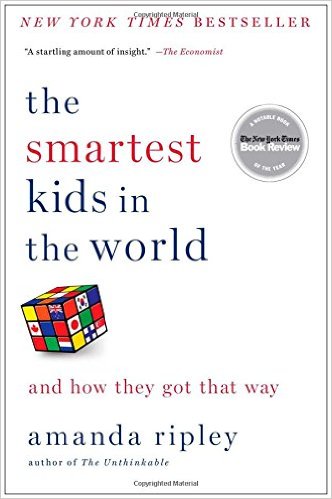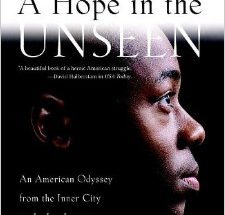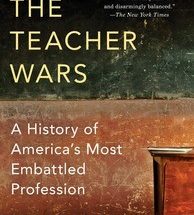
As I began to research New York’s juvenile justice system last fall, I kept hearing the same story over and over again. It went like this: Back in the ‘70s, Peter Edelman sought to overhaul New York City’s reformatories, shrinking the youth prison population in favor of rehabilitation outside institutional settings. Then 15 year-old Willie Bosket came along and shot several people on the subway. That was the end of the state’s brief experiment with de-incarceration for kids.
As you can imagine, I was eager to fill in the outlines of this overly simplified story. But flipping through Fox Butterfield’s All God’s Children, I was stunned by the reach of his reporting and the research he had accumulated. When I selected the book about Willie Bosket, I never thought I’d be reading about vigilante justice in the pre-Revolutionary South and the duels that defined antebellum honor. Then I learned that, for Butterfield, understanding Willie meant understanding all the generations that preceded him on American soil.
All God’s Children is a reporting tour de force. Not only does Butterfield trace the violence in Willie’s family back to his slave ancestors and their bloody South Carolina community, but he does so with an amazing amount of descriptive detail.
As a reporter, I’m incredibly impressed by this book and all the reporting that went into it. I’m even swayed by the political implication (intended or not) that criminals aren’t born but made by their environments and social structures. For Willie’s family, betrayal by the justice system, the creation of a violence-infused honor code, and respect for strong black men who stood up to (and lived outside of) white society may all have contributed to a persistent strain of violence.
Still, as a reader, I got lost along the way. There were so many names at the beginning — and so many instances of violence towards the end — that I had trouble keeping all the information straight. Sometimes I couldn’t remember which of the transgressions were Willie’s and which belonged to his father or great grandfather. I began to wondered if Willie lost some of his agency as a character by being too rooted in his ancestors’ history. At the very least, I worried that readers like me might have trouble metabolizing this important story because of the sheer amount of information.
So I left the book with a few key questions.
- I wondered whether Willie truly was the result of his environment (poor, from a fractured home, in a neighborhood where the street code reined supreme and his father’s murders elevated him to mythic status) or whether he — and his father — were just very, very ill.
- I wondered if good pharmacology could have saved them and the lives of those they murdered, or if they were simply too psychologically sick to be allowed their freedom.
- I couldn’t tell if there were any policy implications from Willie’s story. Certainly, I don’t think that his behavior should have paved the way for children to be given adult sentences, but I also don’t know whether his story shows that the penal system breeds more criminals. It’s possible that Butterfield didn’t set out to answer any of these questions, but demonstrate the complexity involved in each.
- Finally, as New York and other jurisdictions experiment with a new wave of de-incarceration efforts for juveniles, I wonder if there will be another Willie Bosket in the years — even months — to come.



